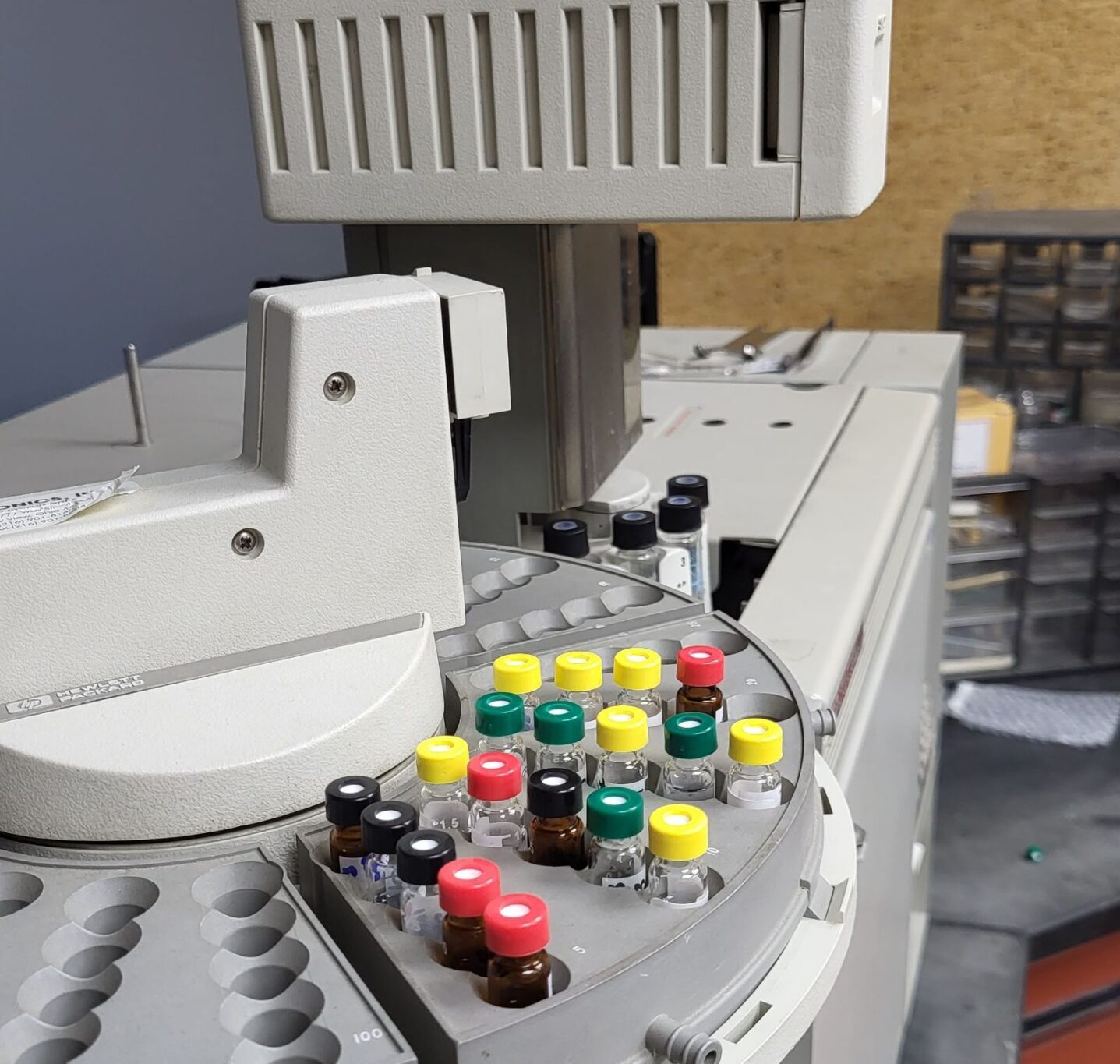What is Siloxane?
Siloxane is one of the more controversial chemicals in the industrialized world today, especially in the silicone industry. On the one hand, it has many helpful and relevant uses across the manufacturing spectrum. However, due to the siloxane structure, this compound doesn’t break down easily and has been marked as a potential biological hazard.
The best way to know whether your silicone material has acceptable siloxane levels is to perform a siloxane test with a testing specialist. What exactly is siloxane? When is it safe to use siloxane? When is it not? What are the various siloxane uses? To find the answers to these questions and more, keep reading!
Why Siloxanes are Gaining Popularity
Siloxanes are incredibly versatile compounds that can create a wide variety of different silicone polymers. The types of siloxanes and other functional groups used to create the silicone polymers affect the heat resistance, chemical resistance, and other physical properties of the silicone materials. Due to their innate versatility, silicones possess a plethora of different uses, many of which are used in our daily lives. Silicones have proven to be a wonder tool for human progress, from household cleaners and sporting goods to pet products and smartphones.
Siloxane Material Properties
Siloxane is an organic compound that binds two silicon atoms to a single oxygen atom. This attests to its ability to change and adapt.
However, despite its remarkable versatility, some problems do accompany this compound. Because of its very changeable nature, it is very good at adapting. Where this is good for production, it can negatively affect biological life.
For example, D4 siloxanes have been listed as class 1 endocrine disruptors by the European Union. That means they can potentially cause hormone imbalance, thyroid disease, and other autoimmune diseases.
As a result of their potential health and environmental impact, specific versions of siloxanes have been banned in countries such as the members of the European Union and Canada.
Although there is always an inherent risk with almost any innovation, siloxanes are helpful and world-changing compounds that benefit humanity only if handled responsibly.
Uses & Applications of Silicone Materials
Thus far, we have discussed the great potential of silicone. Having already shown their potential downfalls, let’s take a closer look at some of the many practical and helpful uses of these compounds.
Sealants
A widespread use of silicones is their ability to repel water on other materials. As a result, silicone coatings have proven themselves an effective water-repellent sealant for various surfaces. Using a silicone concrete sealer or silicone water sealer has repeatedly proven extraordinary at doing what they do. Evidence has revealed silicone sealants may prevent phenomena like non-invited plant growth or freezing damage.
Adhesives
Due to silicones retaining their natural elasticity while remaining relatively stable, they have arisen as an excellent form of adhesives. This phenomenon, coupled with their ability to resist various temperature extremes and their natural properties, makes a silicone adhesive a superb choice.
Insulation
We have already touched on silicone being used in various capacities for their ability to withstand a tremendous range of different temperature extremes. However, this in itself is quite an impressive and valuable characteristic. That is why silicone compounds perform as insulators in various electric and other temperature-sensitive applications.
Silicone and Siloxane Testing From ACE
Like so many other scientific marvels in our world, there are pros and cons to siloxanes. They create many necessary and valuable things we need daily, but if misused, they can cause great harm. That is why developers must take great care to ensure they use silicone elastomers and siloxanes responsibly and correctly. The best way to ensure that the siloxanes used in your product are compliant with regulatory standards is to have professionals perform a siloxane analysis and other relevant tests. Ensure your product changes the world for the better by taking advantage of the silicone and siloxane testing facilities at ACE Laboratories.
Works Cited:
Direct Human Contact with Siloxanes (Silicones) – Safety or Risk Part 1. Characteristics of Siloxanes (Silicones). (2016, May 30). NCBI. Retrieved December 18, 2023, from https://www.ncbi.nlm.nih.gov/pmc/articles/PMC4884743/
Solbakken, C. (n.d.). Siloxane. Wikipedia. Retrieved December 18, 2023, from https://en.wikipedia.org/wiki/Siloxane

